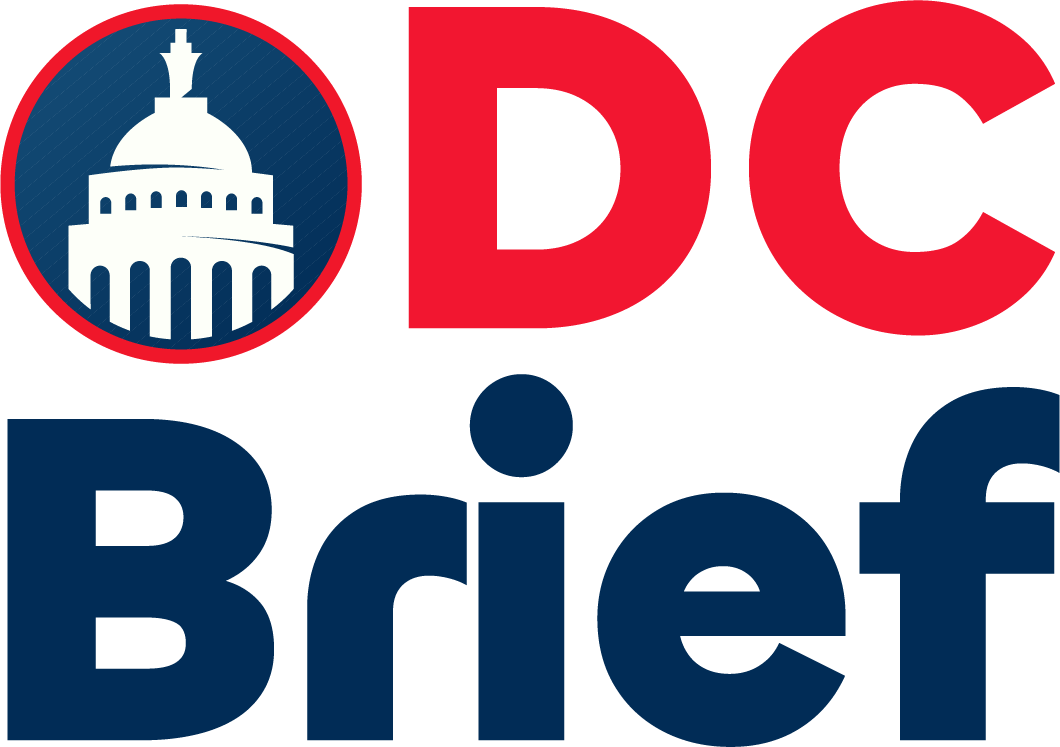The United States now faces inflationary pressure from global oil supply curbs as central banks begin easing interest rates. Key producers have maintained voluntary output cuts, creating a tighter market and pushing prices higher. Brent crude remains near a critical threshold, reflecting limited supply growth despite rising demand. These constraints are starting to challenge monetary policy effectiveness. As oil prices stay firm, inflation risks are once again in focus.
Global energy leaders have kept oil supply curbs in place throughout the year. Despite sanctions and short-term volatility, markets remain stable. Brent crude recently dipped slightly, but analysts expect prices to rebound soon. Forecasts from top financial institutions suggest a second-half recovery in oil demand. This would further intensify inflation concerns across major economies, including the United States.
Oil supply curbs have already impacted inflation-linked financial instruments. U.S. Treasury breakeven inflation rates are rising, showing that investors expect long-term inflation to persist. Traders have started repositioning into energy-related assets. In addition, these include commodity ETFs and Treasury Inflation-Protected Securities (TIPS). Such shifts show renewed attention to inflation as a macroeconomic threat.
Meanwhile, rising oil prices have lifted transportation and food costs in the United States. This trend complicates the Federal Reserve’s easing plans. Even as core inflation slows, fuel-driven price pressures continue. Policymakers now must consider oil supply curbs as a central inflation driver. A sharp oil rebound could stall planned rate adjustments and reshape the Fed’s strategy.
Oil-exporting nations enjoy fiscal benefits from elevated prices. Their trade balances and revenues have improved. In contrast, oil-importing countries including the United States—face weakened currencies and higher current-account deficits. These conditions create uneven growth prospects and increased volatility in bond markets.
Currency markets also reflect the oil trend. The Canadian dollar and Norwegian krone have strengthened. However, these petro-currencies signal that traders see upside in oil-linked economies. Watching them helps investors understand market sentiment. Oil supply curbs are pushing capital toward regions that benefit from higher energy prices.
For U.S. traders, the situation demands closer monitoring of commodity flows and inflation trends. Sharp movements in oil prices ripple through foreign exchange, fixed income, and equity markets. Nevertheless, traders who adjust for oil-driven inflation trends can manage risk better. They also gain an edge as policy paths begin to diverge globally.
For more business updates, visit DC Brief.


